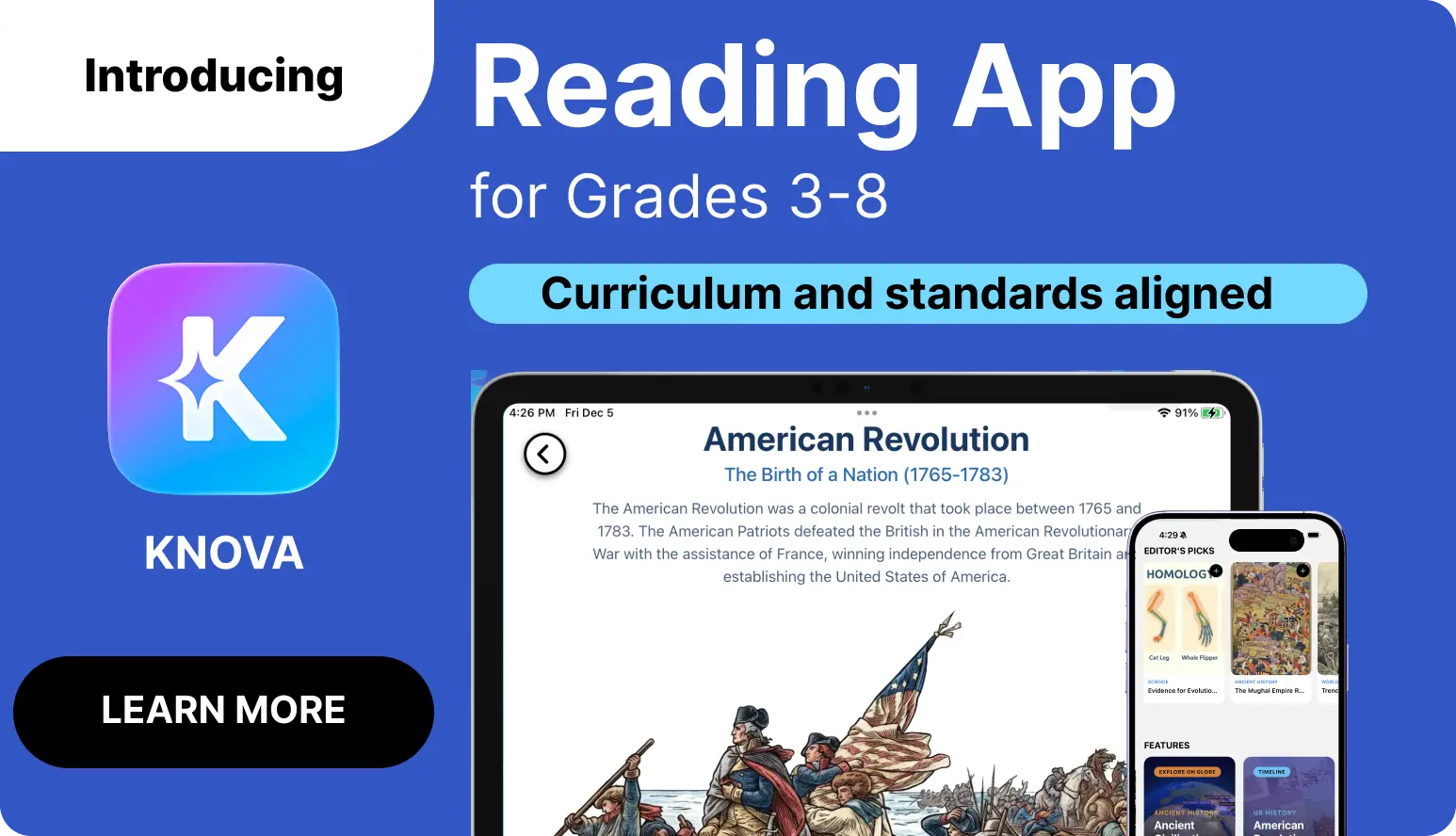Reading Results
Understanding Coral Bleaching
This passage delves into the phenomenon of coral bleaching in the Great Barrier Reef. It explains how rising water tempe...
RI.3.8RI.4.8
Efforts to Save the Great Barrier Reef
This passage outlines various efforts to protect and preserve the Great Barrier Reef in the face of climate change. It d...
RI.3.8RI.4.8
Can you name three greenhouse gases?
This passage introduces children to three common greenhouse gases: carbon dioxide (CO2), methane, and water vapor. It ex...
RI.3.1RI.4.14.ESS2.D
How might climate change affect animals?
This passage explains to children how climate change impacts animal life. It uses specific examples like polar bears los...
RI.3.1RI.4.14.ESS2.D4-ESS3
What can happen to sea levels because of climate change?
This passage explains to children how climate change leads to rising sea levels. It describes two main causes: melting i...
RI.3.1RI.4.14.ESS2.D
How might climate change affect our food supply?
This passage educates children about the potential impacts of climate change on food production. It explains how changin...
RI.3.1RI.4.14.ESS2.D4-ESS3
What is deforestation, and how does it relate to climate change?
This passage explains deforestation and its relationship to climate change for young readers. It defines deforestation a...
RI.3.1RI.4.14.ESS2.D4-ESS3
Extreme Weather Events Linked to Climate Change
This passage uses hurricanes as an example of extreme weather events that could become more common due to climate change...
RI.3.1RI.4.14.ESS2.D
How can planting trees help fight climate change?
This passage explains to children how planting trees can help combat climate change. It describes trees as 'nature's air...
RI.3.1RI.4.14.ESS2.D4-ESS3
What is a carbon footprint?
This passage introduces the concept of a carbon footprint to children. It explains that a carbon footprint is the amount...
RI.3.1RI.4.14.ESS2.D
How using less plastic helps the environment?
This passage explains to children how reducing plastic use helps the environment. It outlines the life cycle of plastic,...
RI.3.1RI.4.14.ESS2.D4-ESS3
Malala Yousafzai: Champion for Education
This inspiring reading passage introduces elementary students to Malala Yousafzai, the young Pakistani activist who stoo...
Rosa Parks: Mother of the Civil Rights Movement
This engaging reading passage tells the story of Rosa Parks and her pivotal role in the Civil Rights Movement. Written f...
Limited Freshwater Availability and the Groundwater Table
Freshwater is a limited resource, with most stored in glaciers and aquifers. Over-pumping groundwater leads to depletion...
RI.5.5RI.6.9
The Amazon River
The Amazon River is the largest river in the world by discharge volume, stretching 4,000 miles from the Andes Mountains ...
RI.5.3RI.6.3RI.7.3
Vertical Farming
Vertical farming is an innovative method of growing crops in vertically stacked layers, often in controlled environments...
RI.5.3RI.6.3RI.7.3
What is Deforestation?
Deforestation is the large-scale removal of forests, primarily caused by human activities like agriculture, logging, and...
RI.5.3RI.6.3RI.7.3
What is a Mineral?
A mineral is a naturally occurring, inorganic solid with a specific chemical composition and crystal structure. Minerals...
RI.5.3RI.6.3RI.7.3
Difference Between a Rock and a Mineral
Rocks are mixtures of minerals, while minerals are naturally occurring, inorganic solids with a specific composition and...
RI.5.3RI.6.3RI.7.3
Do All Minerals Have Crystal Structures?
All minerals have a crystalline structure, but not all form visible crystals. The size and shape of crystals depend on f...
RI.5.3RI.6.3RI.7.3
Chemical Weathering: The Breakdown of Rocks Through Chemical Reactions
This passage explains chemical weathering processes, aligned with NGSS MS-ESS2-1 (Earth’s systems) and ESS2-2 (surface ...
MS-ESS2-1MS-ESS2-2RST.6-8.4



























